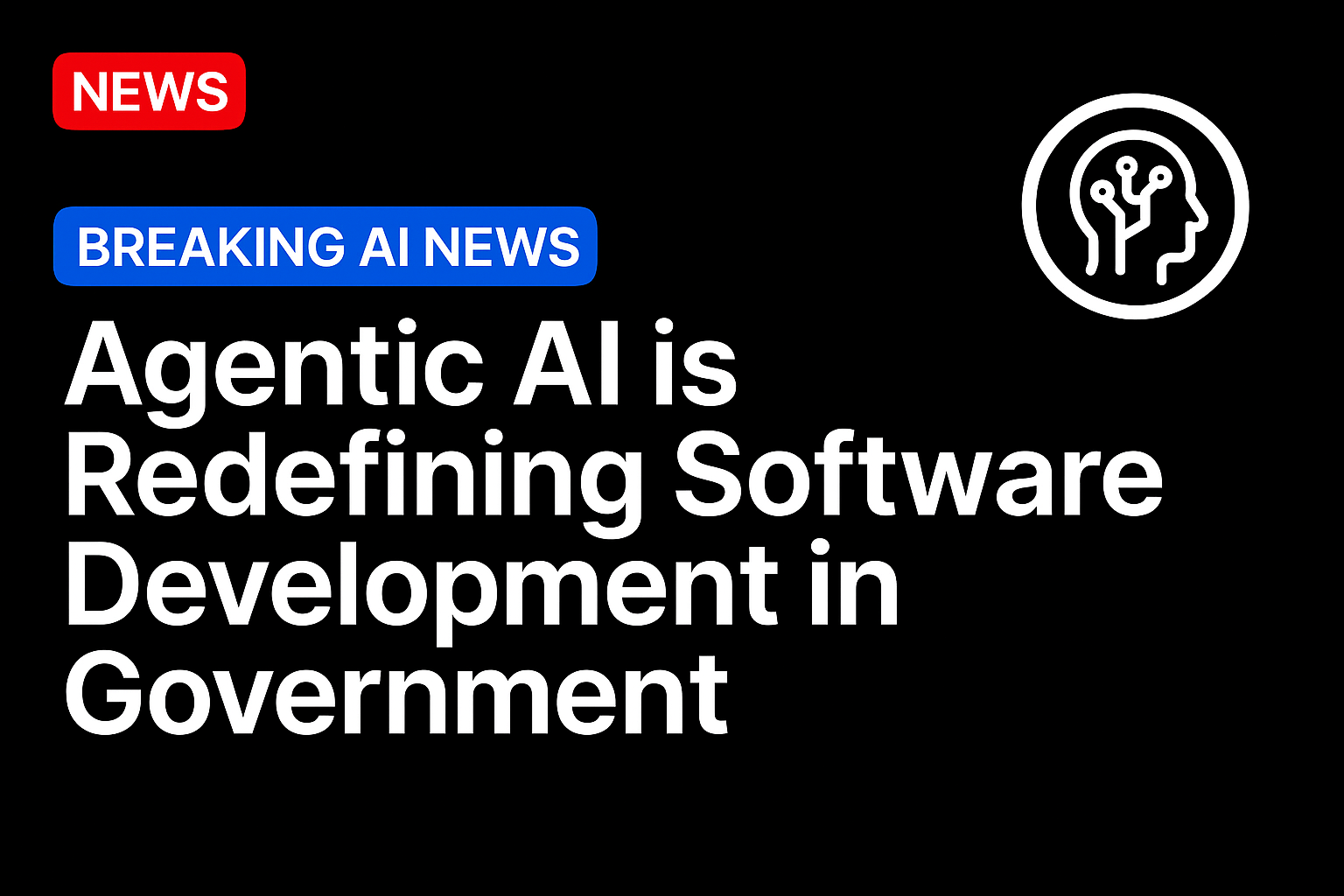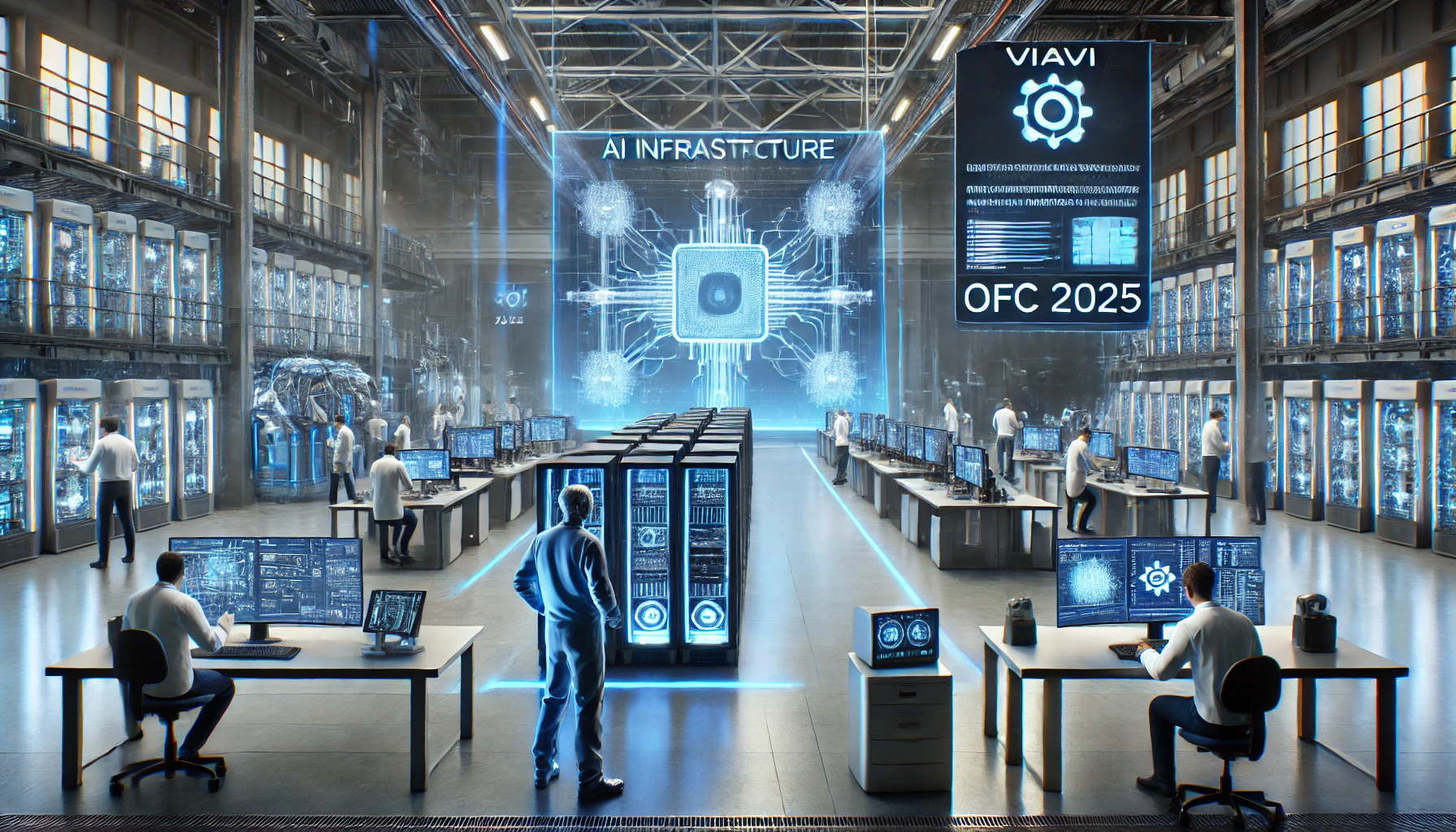Agentic AI, the latest evolution of AI, enables developers to focus on higher-level strategic initiatives, providing federal agencies with additional resources to support their missions.
Recent executive actions underscore the significant potential of agentic AI for the federal government, prompting agencies to leverage AI to enhance value to taxpayers, improve the quality of public services, and drive operational efficiency. One area of immediate applicability is in agency software development.
Agentic AI enables this transformation by introducing intelligent systems that are capable of taking initiative, making independent decisions, and executing complex tasks in collaboration with developers. This significantly accelerates the software development lifecycle, enabling teams to deliver software faster while maintaining security and compliance standards. These capabilities are critical for government, offering practical applications that automate failure remediation, code reviews, test generation, security policy enforcement and change management.
Beyond increased efficiency, agentic AI supports cost-saving modernization efforts, such as reducing technical debt, fixing security vulnerabilities, and refactoring legacy applications that the federal government has relied on for too long. Agentic AI could be the solution to decades-long challenges faced by federal agencies, such as retiring outdated systems and legacy code, like COBOL.
However, effectively using AI agents requires a fundamental shift in how we approach existing development processes, moving toward a human-AI collaborative environment. This new reality is not about eliminating the need for skilled software developers; instead, it’s about augmenting their capabilities and redefining their roles to address the public sector’s unique mission-critical challenges.
To harness the long-term benefits of agentic AI, agencies must rethink their development frameworks and processes. This begins with an iterative approach to AI implementation, establishing a foundational understanding of agentic AI, and eventually evolving into a continuous improvement cycle.
Step 1: Establish foundational comfort with AI assistance.
For those new to using AI, the first step is to build familiarity, comfort, and confidence with AI-assisted coding, documentation and simple problem-solving in low-risk areas. This ensures that agencies can build best practices while avoiding pitfalls such as data leakage and security vulnerabilities.
Once developers establish a foundational level of comfort with AI, they can expand their AI use cases across the software development lifecycle, specifically targeting repetitive, time-intensive workflows where AI can create immediate value with minimal disruption. This frees developers from mundane, tedious tasks, allowing them to redirect their focus to more critical challenges and strategic thinking.
Step 2: Establish governance and interoperability standards.
As teams become more comfortable using AI assistance for individual use cases, agencies can begin creating clear policies for AI tool use that will set them up for ongoing success. These include data access permissions, security protocols and quality standards.
The federal government has encouraged agencies and federal data leaders to establish criteria for data interoperability, standardize data formats, and develop processes to address security risks. For federal agencies that maintain confidential civilian information, establishing these standards enables agents to operate within the parameters of agency compliance, security and mission-driven objectives.
These standards empower, rather than restrict. Data protocols standardize how AI systems can share information and collaborate across platforms. This ensures that agencies can maintain data interoperability and consistent data formats, and leverage AI tools across departments.
Step 3: Strategically introduce and scale AI agents.
Now, it’s time for the exciting part of the agentic AI journey. Agencies are ready to deploy AI agents to take on self-contained development tasks with a degree of autonomy.
Enabling autonomy expands the scope of tasks agents can handle, beyond the capabilities of a single agent and enabling multiple agents to collaborate on complex projects together.
Agents can become an integral part of the end-to-end software development lifecycle. Agents can reside and interact on a single platform, which then simplifies and enables full context for agentic AI interactions.
Agencies should empower developers to refine the skill sets that are essential for effective AI collaboration, such as critical thinking, complex problem-solving abilities and creativity. The partnership between AI agents and talented, AI-ready developers pushes boundaries to advance innovation and enable faster, more secure software delivery in support of federal missions.
Step 4: Continuously improve through feedback and education.
Agencies will need to continue iterating on their AI implementation workflows, even as AI agents achieve autonomous capabilities and the ability to collaborate. To ensure agencies continue to maximize the value of their AI investment, it will be crucial to implement systems that can monitor agent performance with clear metrics and correction protocols.
Ongoing education programs for developers, IT leaders and other federal workers, especially ones focusing on AI literacy, are crucial for continued benefits. Agencies can invest in AI literacy with training programs that focus on prompt engineering, AI collaboration techniques and effective system oversight. Working with AI is a complex skill set that will set developers apart and prepare them for success in today’s dynamic workplace.
Embracing the future of AI-led development in government
Agentic AI is more than an incremental improvement; it redefines how we conceive, build, deploy and maintain the software that powers the federal government.
The transition to AI-led software development presents both significant opportunities and strategic hurdles for public sector agencies. Agencies that embrace this shift as an opportunity to redefine what’s possible, rather than a threat, will achieve the greatest efficiency increases and speed to mission.
By proactively addressing these key areas, from initial integration to governance and continuous learning, federal organizations can thrive in this new era where AI capabilities augment human creativity and strategic thinking.
Source: https://federalnewsnetwork.com/




